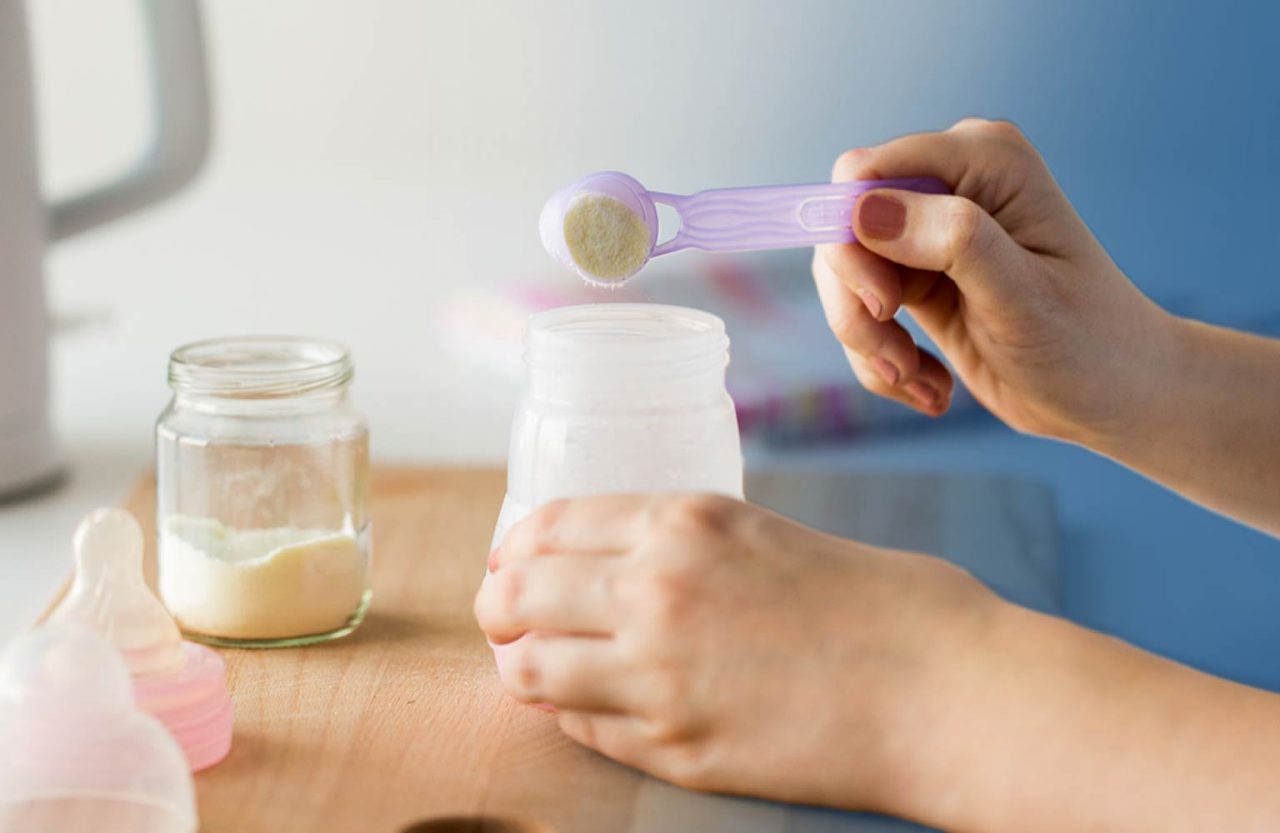Technologies Entering Our Daily Lives Thanks to Space Studies- ARTICLE GATE

Let's remember the agendas that changed the gravity balances of the last month? NASA's latest rover, Perseverance, has completed its seven-month long journey and landed on the surface of Mars. We learned that the first black hole humanity discovered was actually much bigger than we thought...
We don't know if there is life outside of the world yet, but do you know that the studies that have been going on for years to find out, all the space travels have brought us many things that we use in our daily life? Let's see which technologies or devices we are very familiar with today we owe to space exploration...
GPS: Thanks to the GPS, known as the global positioning system, we find the address we are looking for immediately, and we can report our location to others with one click. GPS, which provides great convenience to some and gives the feeling of being watched to others, is a technology developed by scientists to determine the position of spacecraft moving in outer space. This global satellite navigation system, which provides geolocation and even time information with an accuracy of up to one meter, is also still used for deep space. GPS is used in the discovery of new planets and in celestial mechanics calculations.
MRI device, computed tomography, ultrasound: These scanning methods, which enable life-saving detections, were born out of the need to get the best and detailed view from the depths of space. The digital signal processing process not only provided clearer, brighter and more detailed images compared to existing radiography methods, but also provided much faster scanning. This formed the basis of today's widely used scans such as MRI, tomography, and ultrasound.
Moreover, the impact of space technology on the field of medicine was not limited to these. For example, bedside monitors were originally designed to monitor the health status of people going into space. Infrared sensors developed for measuring the temperature of distant celestial bodies inspired ear thermometers. Projects initiated to detect defects in space equipment led to the birth of cancer detectors.

Insulin pump: The work done during the Viking programs to explore Mars makes life easier for diabetics today. At the time, the prospect of going further into space created difficulties in monitoring the health of astronauts and prompted researchers to find new ways to monitor vital signs. Meanwhile, research led to the creation of these devices that could monitor a person's blood sugar levels and send signals to their body to release insulin when needed.
The way to the Internet of Things (IoT): Let's take a look at the digital transformations fueled by space technologies… The Internet of Things, defined as 'the ability of objects in daily use to send and receive data by connecting to the Internet', is actually the Embedded Web Technology software developed by NASA. is based. This technology was originally created to allow astronauts to conduct and follow experiments remotely over the internet on the International Space Station (ISS). Later, upon its public release, the Internet of Things was born.

Powdered foods and baby foods: The daily routines that we deal with in five to ten minutes in the world sometimes create inextricable problems when it comes to space. Nutrition is one of them. Food storage is a serious problem, given the length of space travel. Therefore, there is a need for foods that do not take up much space, last for a long time, and are easily prepared: Powdered foods. The process that evolves into baby foods is as follows: An algae-based vegetable-like oil is being developed with the discovery of the potential of algae to be used as a recycling agent in space travel. It is noticed that it is rich in unsaturated fatty acids called DHA and ARA. Although DHA and ARA, which play a major role in the physical and mental development of the baby, are found in high amounts in breast milk, they are not included in any formula at that time.
Memory foam: Materials consisting of chemicals that resist surface tension and increase density are called memory foam for short. Although the definition is complex, this component is used in cushions that support our spine, lumbar pillows, mattresses and sports helmets. This technology was developed to alleviate the effect of the G force during takeoff and landing, and to design seats that are both safe and customizable for different physical characteristics for astronauts.
Scratch-Resistant Lenses: Although it may be hard to believe, lenses used before the 1970s were made of glass-like materials. However, in 1972, all sunglasses and lenses were required to be shatter-proof. Thereupon, manufacturers turned to plastic instead of glass. However, this time there was a problem such as scratching. At this point, the technology that NASA has been using for a while was applied. Developed for use in the visors of astronaut helmets and other plastic aviation equipment, the thin, plastic yet durable film has been applied to lenses and goggles.
Prostheses: All manned or unmanned vehicles sent to space missions are equipped with highly advanced machines. All of these machines were expected to be highly skilled in robotic sensing and movement, often even performing operations that a human would do. Technologies developed to control these machines were also used in time to enable disabled individuals to have functional prosthetic limbs. Moreover, this is a technology that continues to evolve. For example, it is stated that a new prosthetic leg, which uses small motors originally designed for robot arms on the International Space Station, offers a more natural gait and quieter operation than existing prosthetics.
As we can see, each field of science feeds the other and each new technology developed as a result of endless research makes our lives easier. Even technologies used in the depths of space are thus 'teleported' into our daily routine!











No comments